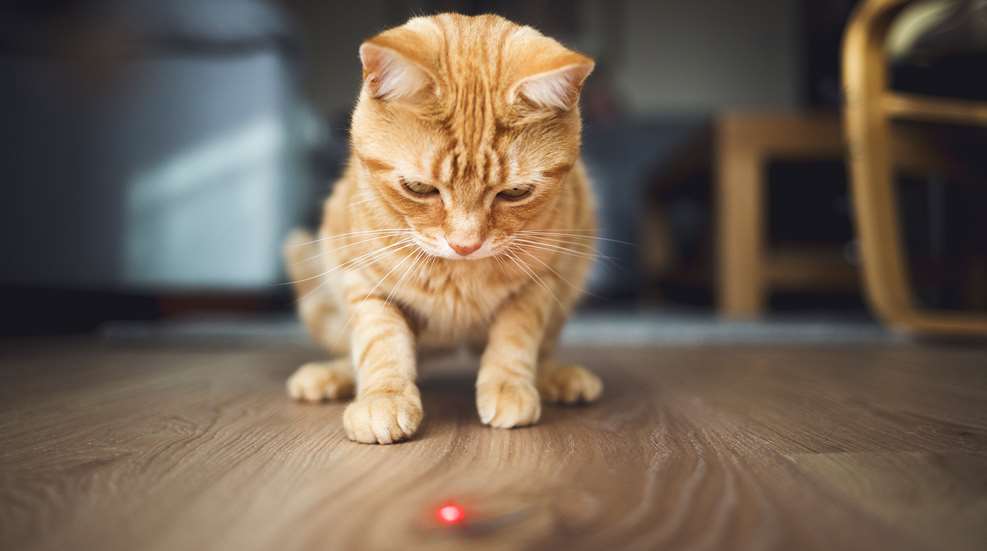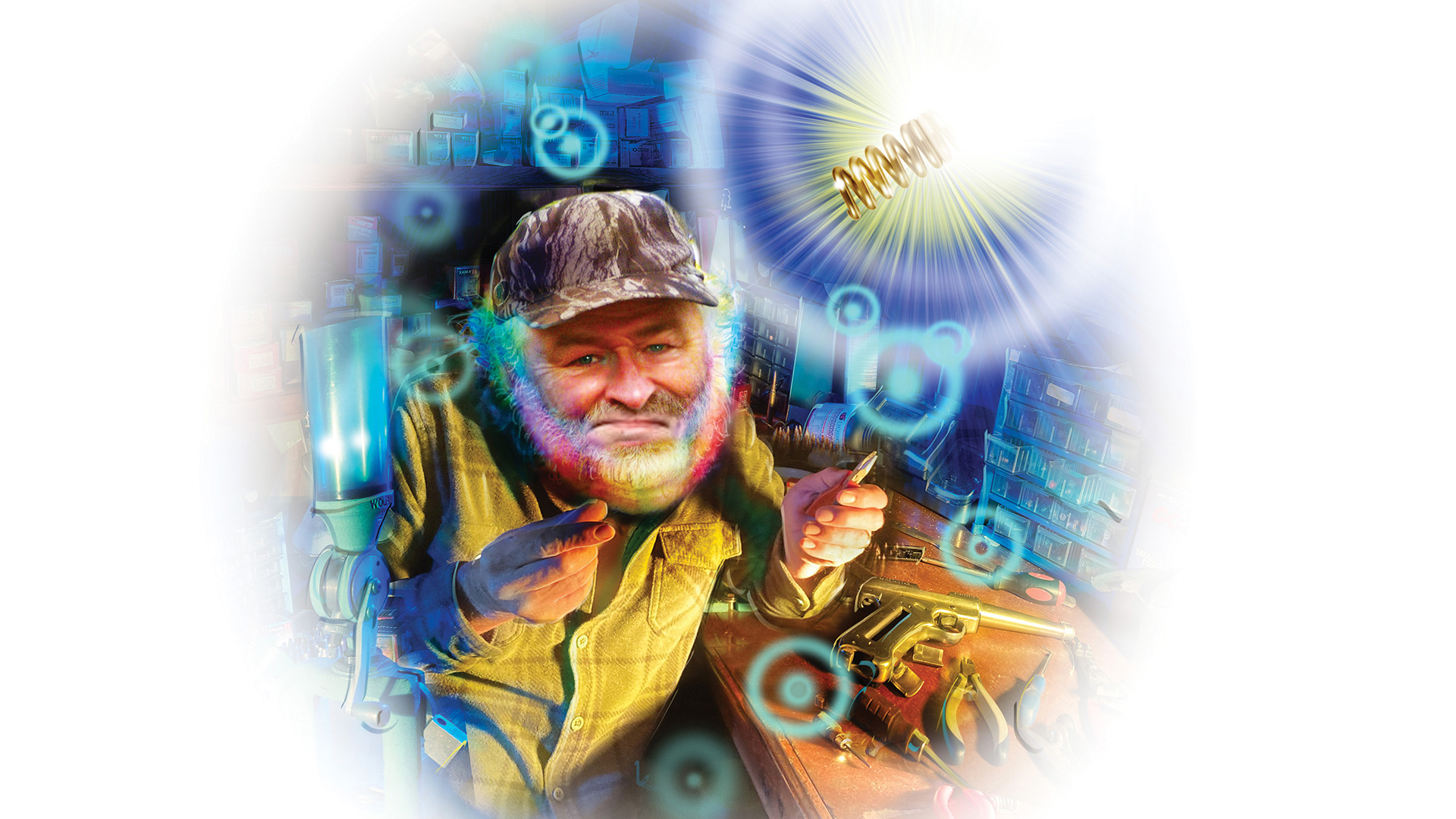
Whether your interest is rooted in U.S. Frontier-era history, cowboy-action competitive shooting or films and TV shows of the post-World War II era, the popularity of Western-style firearms continues to drive today’s production of functional replicas.
We no longer use manual typewriters. Brakes on new vehicles are now powered. Television sets don’t have tubes and a million other devices in common use at the time of our birth are forgotten. This is true in the world of firearms, just as it is in communications, merchandising and every other aspect of our lives. It is called progress, and it will never be stopped. If you narrow it down to just repeating handguns, you can quickly see the truth of this premise.
While there were several examples of rather clumsy multi-barrel firearms designed for one-handed use, the first mass-produced repeaters were the revolvers developed by Samuel Colt in 1836. Colt’s first was the Paterson model, but followed up quickly with other caplock revolvers like the Dragoons, ’51 Navies and ’60 Armies. Parallel to the development of these revolvers came their ignition-system evolution. By mid-19th century, powerful six-shot revolvers had left the multiple-component system (cap, patch, powder, ball) for self-contained metallic cartridges. The cartridge-firing revolvers of several American makers—mostly Colt, Smith & Wesson, Merwin Hulbert and Remington—set the style for fighting handguns. The lure of exotic trigger systems and the first self-loading semi-automatics eventually put an end to the single actions of our Frontier era. Their sales appeal dropped like a rock, and they fell prey to progress. The implication is that something becomes obsolete when something better comes along.
Why, then, can you buy almost all the revolvers of the Frontier and Civil War eras today? Who would want an obsolete firearm?
Motion pictures and TV series came into being and drove a very strong interest in the guns of the 19th century. Industry entrepreneurs saw a potential market and went overseas to small-arms factories.
The answer comes with a deep-set interest in this period of our history. It was always strong, but exploded in the entertainment world in post-World War II America. Motion pictures and TV series came into being and drove a very strong interest in the guns of the 19th century. Industry entrepreneurs saw a potential market and went overseas to small-arms factories. The first ones were in Belgium, but they eventually ended up centered in a small valley in Northern Italy by the name of Gardone Val Trompia. As a result, Italy became the largest and most varied maker of American Frontier firearms. Initially, the main product was the caplock revolver, but the strong demand for the eternal Colt Peacemaker saw the first of them made with Italian proofmarks.
The first produced were a ways from exact replicas, but they have improved over the years to excellent versions of the old Colt. I have had various models and find the current guns as good as the original Hartford, CT, product. In the early 1970s, the replica business was established and functioning. Today, the variety of models a modern-day shooter can buy and use is staggering. You can buy many variations of the Colt, including Buntlines and Bisleys. Almost every one of four major makes is available, as well as most models. This includes the 1875 and 1890 Remingtons, but none of the Merwin Hulbert. It does include the several models of the hinged-frame Smith & Wesson. This is a difficult type of gun to build, since the frame is the lower half and includes the receiver, action, butt and trigger. The top is the barrel and cylinder, which includes the spring-loaded extractor. The two major assemblies fit together at the lower front corner—at the hinge. It is a bear of a job to get those two parts to turn smoothly for thousands upon thousands of cycles in the arm’s service life.
The more popular variations in Smith & Wesson’s No. 3 lineup were the Russian and Schofield, followed by the No. 3 New Model. This latter gun was widely used in early international shooting competitions. But, these guns were not the first, since that distinction goes to the No. 3 American. For Smith & Wesson, it was the first big-bore cartridge revolver. Indeed, it was the first big-bore cartridge revolver in America and very probably anywhere in the world. Used by the U.S. Army (possibly at the Little Big Horn), the American was a historic firearm. Approximately 8,000 were made. A very large contract for its Russian models pulled manufacturer Smith & Wesson’s attention away from the American. It was chambered for the .44 S&W cartridge, except for 2,000, which were made for the.44 Henry, a rimfire also used in the Henry rifle. American models were big, beefy sixguns with a long, 8-inch barrel. They weighed a full 41 ounces.
Mike Harvey is a Texan who runs Cimarron Arms. He imports a wide variety of western firearm replicas from Uberti of Italy. Harvey is as much an enthusiastic student of frontier guns as he is a businessman. He was already offering the other guns in the No. 3 single-action line, as currently built in Italy. Why not finish up the quartet of historic Smith & Wesson .44s? Harvey was able to get the product finished up to his satisfaction and now offers what he calls “the best replica ever made.” After comparing a sample version of the No. 3 Cimarron revolver to a sample of the original Smith & Wesson, I find no difference in dimensions or contours. The new gun has the showroom shine of a brand-new gun, but the secret of a super bluing job is the care taken in preparing the bare metal. This one looks like a lot of skilled care went into it. I can’t recall seeing a better job of producing a replica.
One reason for replicating a 150-year-old revolver is nostalgia. Yet, I have to note that the Cimarron No. 3 American will do exactly the same things the original Smith & Wesson No. 3 American would do in 1871.
It is historic fightin’ iron.






































